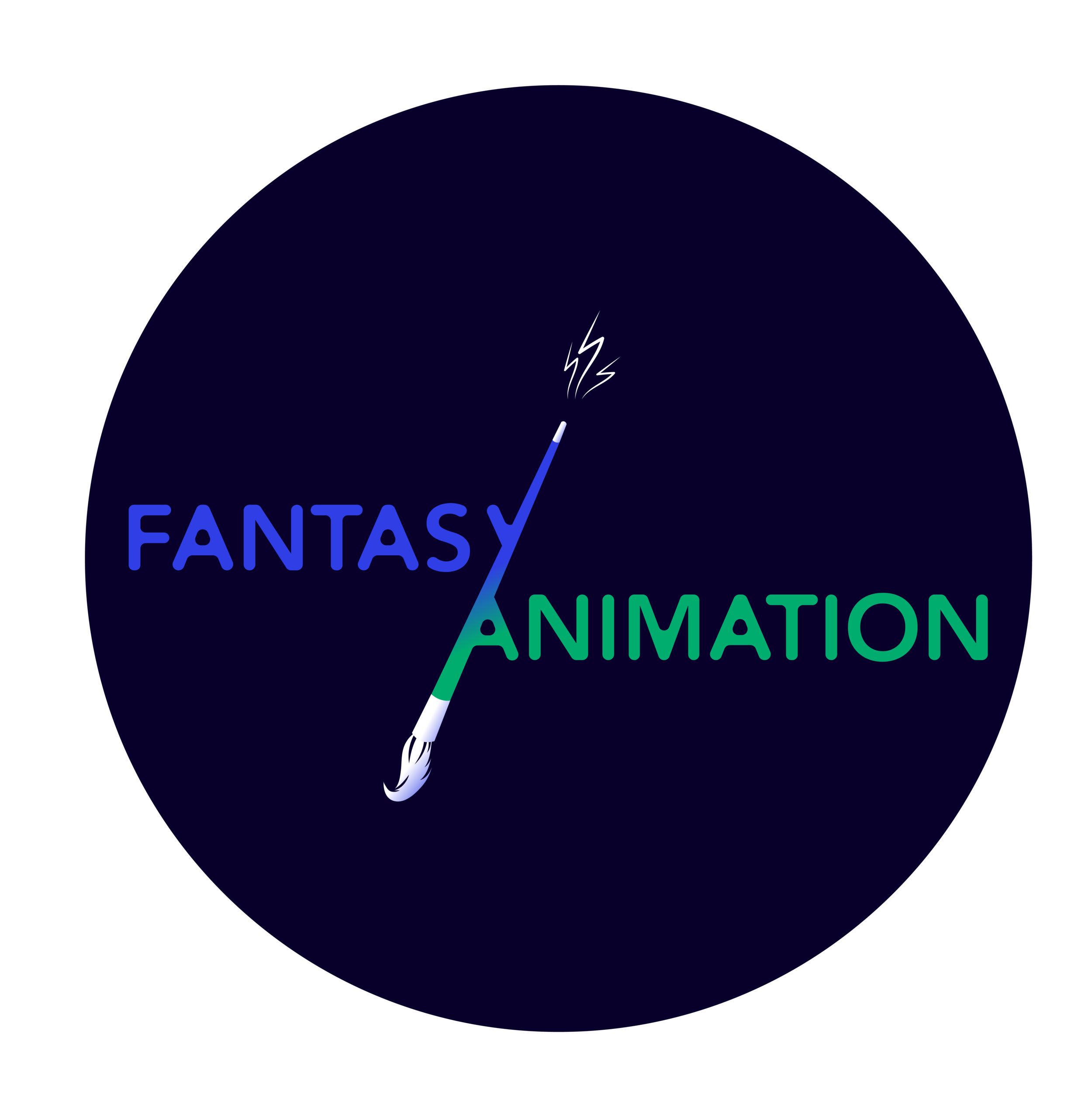Episode 160 - Casper (Brad Silberling, 1995) (with Mark Austin)
The Fantasy/Animation podcast takes listeners on a journey through the intersection between fantasy cinema and the medium of animation. Available via Apple Podcasts, Spotify and many of your favourite podcast hosting platforms!
The Fantasy/Animation podcast presents its Halloween special with this deep dive into Casper (Brad Silberling, 1995) featuring a conversation with the film’s lead animator Mark Austin, who as part of the team at Industrial Light and Magic (ILM) worked on bringing the supernatural spectacle of Casper’s lonely ghost roaming the corridors of Whipstaff Manor to life. Since his involvement with the film, Mark has developed over 30 years experience in visual effects production (specifically within previsualization) across multiple features, games, commercial projects, and 3D attractions. After a decade at the visual effects studio Moving Picture Company (MPC), Mark recently joined Netflix Animation Studio in 2020 as a Sequence Designer and is now a freelance ‘Previs’ Supervisor. Listen as Mark discusses with Chris and Alex his own career and shift from cel-animated advertisements into the world of computer-generated imagery, and his role in crafting Casper’s many digital VFX sequences; the technologies involved in building virtual performances and the eponymous ghost’s status as cinema’s first fully CG film character; where Casper sits in relation to the 1990s’ boom in ‘live-action cartoons’ from Hocus Pocus (Kenny Ortega, 1993) to Flubber (Les Mayfield, 1997); and how Brad Silbering’s feature marked an often forgotten turning point in Hollywood’s ability to (inter)act digital with physical elements.
**Fantasy/Animation theme tune composed by Francisca Araujo**
**As featured on Feedspot’s 25 Best London Education Podcasts**
Suggested Readings
Darley, Andrew. 2000. Visual Digital Culture: Surface Play and Spectacle. London: Routledge.
Holliday, Christopher, and Chris Pallant. 2024. “Lucas Meets Luxo: Lucasfilm’s Computer Graphics Lab (CGL) and the Development of Pixar Animation Studios.” In Lucas: His Hollywood Legacy, ed. Richard Ravalli, 173-186. Lexington: University of Kentucky Press
Pierson, Michele. 2002. Special Effects: Still in Search of Wonder. New York: Columbia University Press.
Prince, Stephen. 1996. “True Lies: perceptual realism, digital images, and film theory.” Film Quarterly 49, no. 3 (Spring): 27-37.
Purse, Lisa. 2015. “The New Hollywood, 1981–1999: Special/Visual effects.” In Editing and Special/Visual Effects, eds. Kristen Whissel and Charlie Keil, 142-155. New Brunswick: Rutgers University Press.
Turnock, Julie A. 2015. Plastic Reality: Special Effects, Technology, and the Emergence of 1970s Blockbuster Aesthetics. New York: Columbia University Press.

